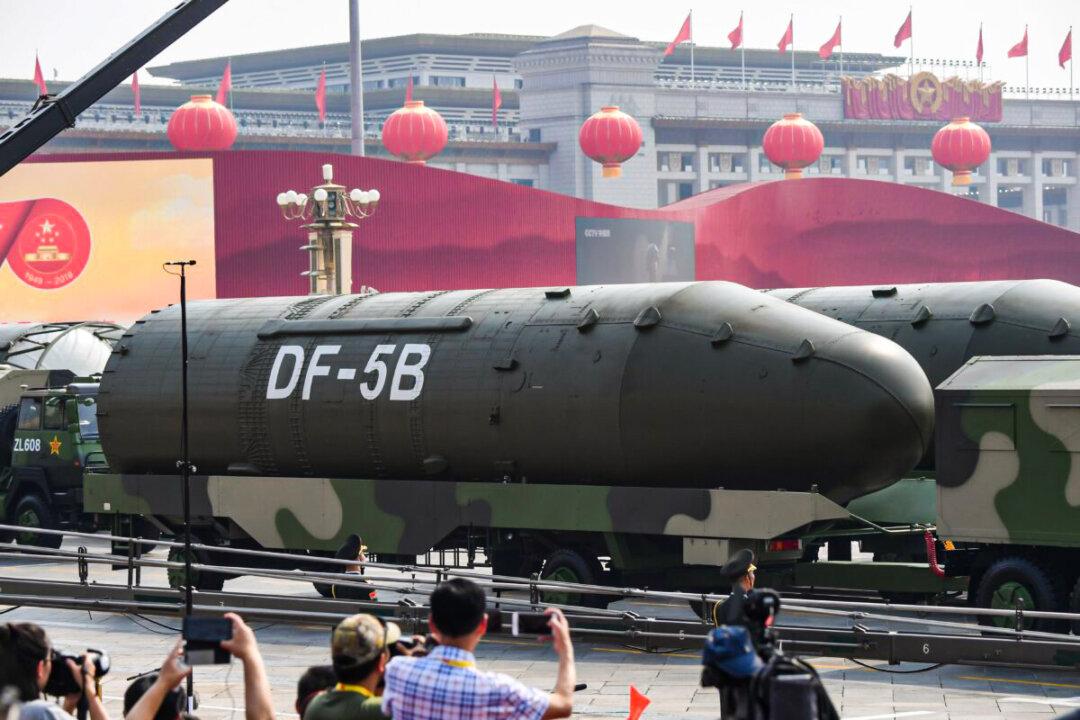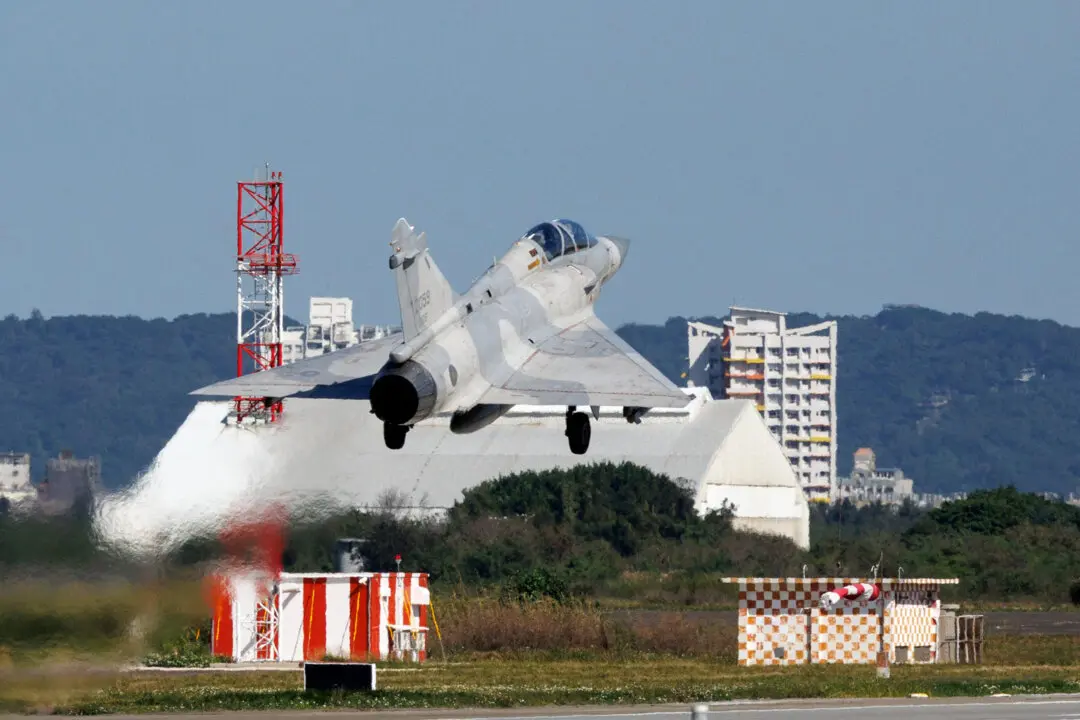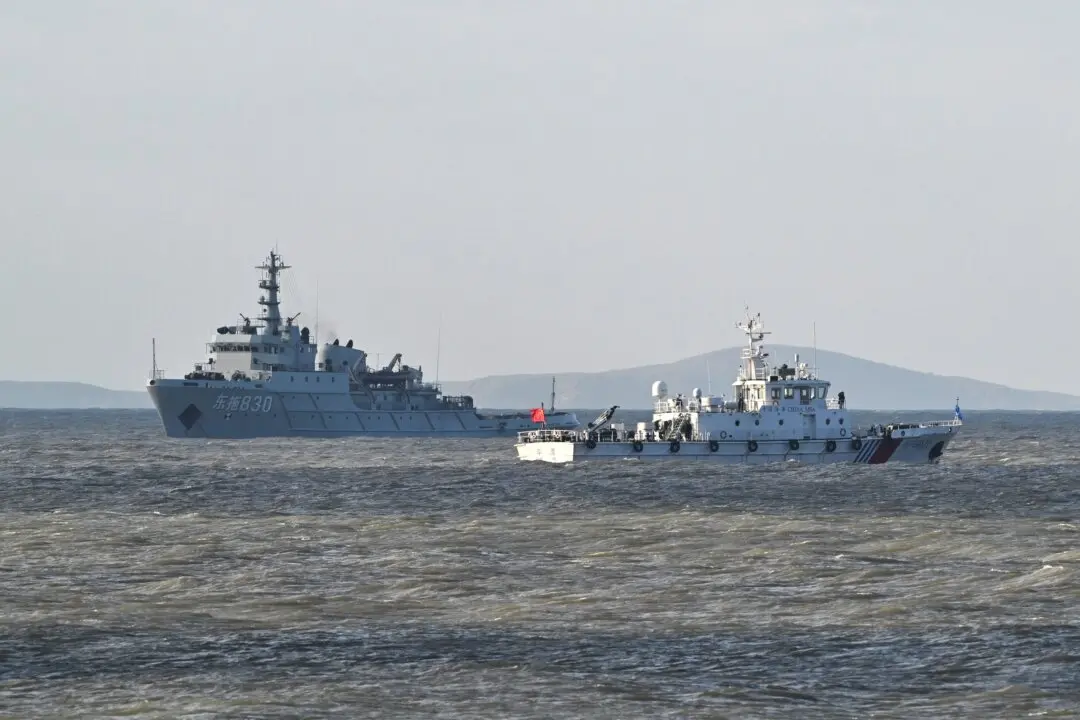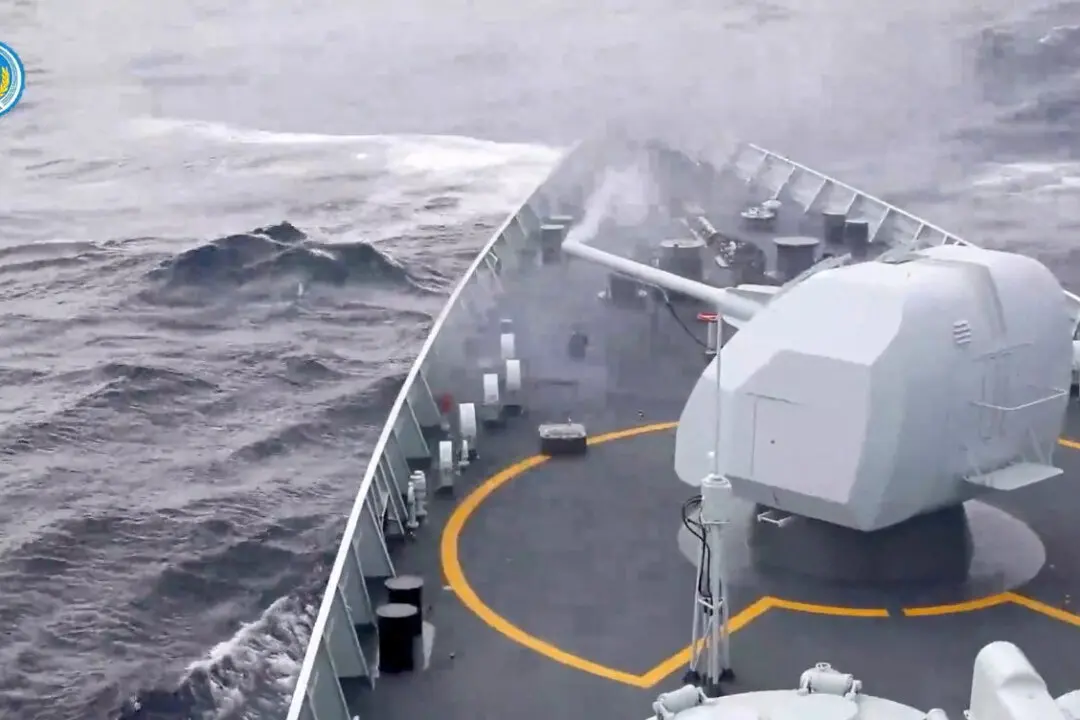Adm. Charles Richard, head of the U.S. Strategic Command, said it has become imperative for the United States to have the capability to defend against Russia and China at the same time.
“Today, we face two nuclear-capable near-peers who have the capability to unilaterally escalate a conflict to any level of violence in any domain worldwide, with any instrument of national power, and that is historically significant,” Richard told the House Armed Services Committee on March 1.





